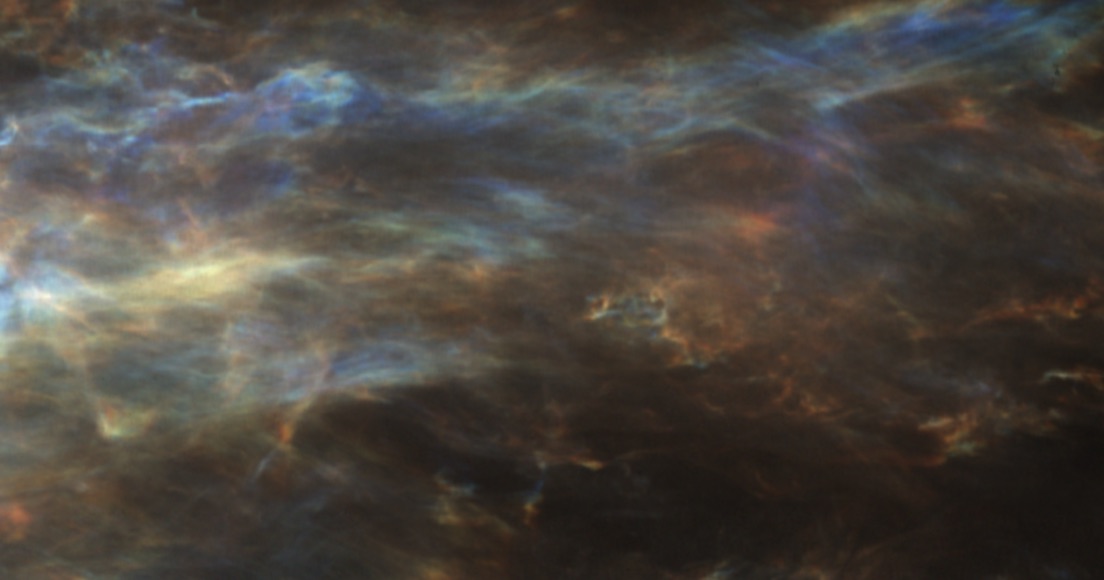We investigate the physical properties of structures seen in channel map observations of 21 cm neutral hydrogen (H I) emission. H I intensity maps display prominent linear structures that are well aligned with the ambient magnetic field in the diffuse interstellar medium (ISM). Some literature hold that these structures are “velocity caustics,” fluctuations imprinted by the turbulent velocity field, and are not three-dimensional density structures in the ISM. We test this hypothesis by stacking probes of the density field—broadband far-infrared (FIR) emission and the integrated H I column density $N_{HI}$ — at the locations of linear H I intensity structures. We find that the H I intensity features are real density structures and not velocity caustics. We generalize the investigation to all small-scale structure in H I channel maps and analyze this correlation as a function of velocity channel width, finding no measurable contribution from velocity caustics to the H I channel map emission. Further, we find that small-scale H I channel map structures have elevated FIR/$N_{HI}$, implying that this emission originates from a colder, denser phase of the ISM than the surrounding material. The data are consistent with a multiphase diffuse ISM in which small-scale structures in narrow H I channel maps are preferentially cold neutral medium (CNM) that is anisotropically distributed and aligned with the local magnetic field. The shallow spatial power spectrum (SPS) of narrow H I channels is often attributed to velocity caustics. We conjecture instead that the small-scale structure and narrow line widths typical of CNM explain the observed relationship between the SPS and channel width.
Clark, S. E.; Peek, J. E. G.; Miville-Deschênes, M.-A.
2019, The Astrophysical Journal, 874, 171
http://adsabs.harvard.edu/abs/2019ApJ…874..171C
